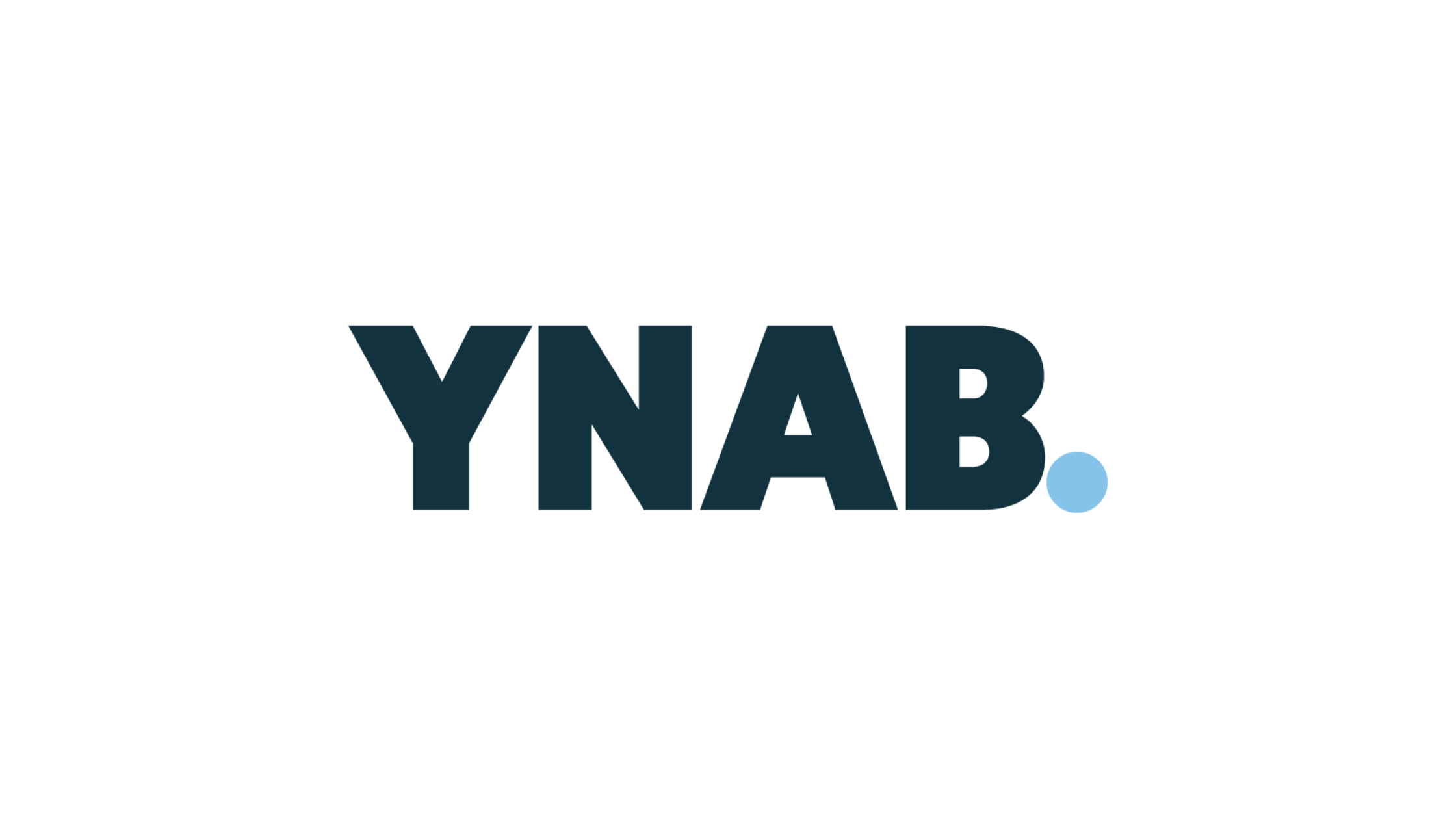When a college savings plan is listed as a parent asset on the Free Application for Federal Student Aid (FAFSA), it has only a small effect on need-based financial aid. However, if the plan is reported as a student asset or left unreported altogether, the impact on financial aid eligibility is much more significant. Understanding how to categorize assets can help families get the most out of their financial aid opportunities.
Treatment of Savings Plan Depends on Account Owner
A qualified college savings plan, such as 529 college savings plans, prepaid tuition plans and Coverdell Education Savings Accounts, can affect a student’s eligibility for need-based financial aid either as an asset or as income. If a college savings plan is reported as an asset on the FAFSA, qualified distributions are not reported as untaxed income on the FAFSA. If a college savings plan is not reported as an asset on the FAFSA, then qualified distributions are reported as untaxed income to the beneficiary (the student) on the subsequent year’s FAFSA. In both cases, non-qualified distributions are included in the beneficiary’s adjusted gross income (AGI).
Whether a college savings plan is reported as an asset on the FAFSA depends on who owns the college savings plan account, not the beneficiary.
- Owned by Student. If a college savings plan is owned by the student, it is reported as an asset on the FAFSA. If a qualified college savings plan is owned by a dependent student, it is reported as though it were a parent asset on the FAFSA. Otherwise it is reported as a student asset on the FAFSA. This includes all college savings plans owned by an independent student even if the beneficiary is the student’s children, spouse or other dependents.
- Owned by Parent. If a college savings plan is owned by a dependent student’s parent and the student’s parents are married, it is reported as an asset on the FAFSA. However, if a dependent student’s parents are divorced, only college savings plans owned by the custodial parent are reported as assets on the FAFSA. College savings plans that are owned by the non-custodial parent are not reported as assets on the FAFSA.
- Other Owners. If a college savings plan is owned by someone other than the student or a dependent student’s parent, it is not reported as an asset on the FAFSA. This includes college savings plans owned by grandparents, aunts, uncles and other relatives.
Non-qualified college savings plans, including bank accounts, brokerage accounts, and other investments, are considered assets of the account owner. This category also includes custodial accounts, like Uniform Gift to Minors (UGMA) and Uniform Transfer to Minors (UTMA) accounts, which are reported as student assets when the student is the account owner.
On the other hand, certain assets, such as qualified retirement plan accounts (e.g., 401(k), 403(b), traditional IRA, Roth IRA, SEP, SIMPLE, and KEOGH plans, pensions, and annuities), are not reported as assets on the FAFSA. However, employee contributions to qualified retirement plans during the base year are reported as untaxed income on the FAFSA. It is important to note that similar to other unreported assets on the FAFSA, any distributions from these accounts will be regarded as taxable or untaxed income to the beneficiary. For instance, even though a return of contributions from a Roth IRA may be tax free, the distribution still needs to be disclosed as untaxed income to the beneficiary. This disclosure could potentially impact the eligibility for need-based financial aid.
Impact of Savings Plans on Eligibility for Need-Based Financial Aid
The impact on eligibility for need-based aid depends on whether the college savings plan is reported as a student asset or parent asset on the FAFSA, as illustrated in this table. Student assets reduce aid eligibility by 20% of the net asset value. Parent assets reduce aid eligibility on a bracketed system that ranges from 2.64% to 5.64% of the net asset value. If a college savings plan is not reported as an asset on the FAFSA, then aid eligibility on the subsequent year’s FAFSA will be reduced by up to 50% of the amount of any distributions from the college savings plan.
| Account Owner | Treatment of Assets | Treatment of Qualified Distributions | Treatment of Non-Qualified Distributions |
|---|---|---|---|
| Dependent Student | Parent Asset | Ignored | Taxable income to beneficiary |
| Parent of Dependent Student | Parent Asset | Ignored | Taxable income to beneficiary |
| Independent Student | Student Asset | Ignored | Taxable income to beneficiary |
| Grandparent and everybody else | Ignored | Untaxed income to the beneficiary | Taxable income to beneficiary |
For example, suppose $10,000 is distributed from a $10,000 qualified college savings plan:
- If the college savings plan is reported as a student asset, it will reduce aid eligibility by $2,000.
- If the college savings plan is reported as a parent asset, it will reduce aid eligibility by at most $564.
- If the college savings plan is not reported as an asset, the distributions will reduce aid eligibility by up to $5,000.
Thus, college savings plans that are reported as parent assets on the FAFSA have the lowest impact on aid eligibility, followed by college savings plans that are reported as student assets and college savings plans that are not reported as assets. So even though a grandparent-owned 529 plan or a Roth IRA is not reported as an asset on the FAFSA, any distributions will be reported as taxable or untaxed income on the FAFSA and will have a harsh impact on eligibility for need-based financial aid.
In some cases, college savings plans will not affect aid eligibility, even though they are listed as assets on the FAFSA. A portion of parent assets is shielded from need analysis based on the older parent's age. For most parents of college students, this asset protection allowance ranges from $30,000 to $60,000. If eligible for the simplified needs test on the FAFSA, students and parents' assets may be completely disregarded. To qualify for this test, parents must have an adjusted gross income (AGI) below $50,000 and file an IRS Form 1040A or 1040EZ (or have income below IRS filing thresholds), or someone in their household must have received specific federal benefit programs in the last two years.
Workarounds that Reduce the Savings Penalty
If a college savings plan is not reported as an asset on the FAFSA, there are a few workarounds that can potentially reduce the impact on aid eligibility:
- Change the college savings plan account owner to be the parent or the student. This will cause distributions to be ignored on the FAFSA. Instead, the college savings plan will be reported as an asset on the FAFSA. If the account owner is changed after the FAFSA is filed, then the college savings plan will not be reported as an asset on that FAFSA (but will be reported as an asset on the subsequent year’s FAFSA) and the distributions will also be ignored.
- Wait until after the FAFSA is filed for the student’s senior year in college. If the student will not be enrolling in graduate or professional school, there will be no subsequent year’s FAFSA to be affected by the distribution. A qualified distribution may then be taken while the student is still enrolled to pay for current college costs. A non-qualified distribution may be taken after the student graduates to pay down student loan debt.
If a college savings plan is reported as a student asset on the FAFSA, there are a few workarounds that can potentially reduce the impact on aid eligibility:
- Invest the student’s assets in a custodial 529 college savings plan account. This will be treated as though it were a parent asset on the student’s FAFSA. However, contributions to a 529 plan must be made in cash, so if liquidating the student’s asset will result in capital gains, the family should either try to offset the capital gains with losses or realize the gains two years before the child enrolls in college. Otherwise, the capital gains will be reported as income on the FAFSA, affecting eligibility for need-based financial aid.
- Parents can also indirectly shift the student’s assets into the parent’s name by spending the student’s assets for the student’s benefit. This should include expenses that the family was planning on making regardless, such as a computer or car for school or summer camp. It should not include any expenses that would normally be considered parental obligations, such as food and medical care.
- Parents should also spend down the student’s assets for college expenses first, before touching any of the parent’s money. This will prevent the student assets from reducing aid eligibility in subsequent years.
Note that if parent assets are high enough to eliminate a student’s eligibility for need-based federal grants, in most cases the parent income is high enough to eliminate aid eligibility even if assets were disregarded. Less than 4 percent of dependent students eligible for the Federal Pell Grant have a contribution from parent assets on the FAFSA.







